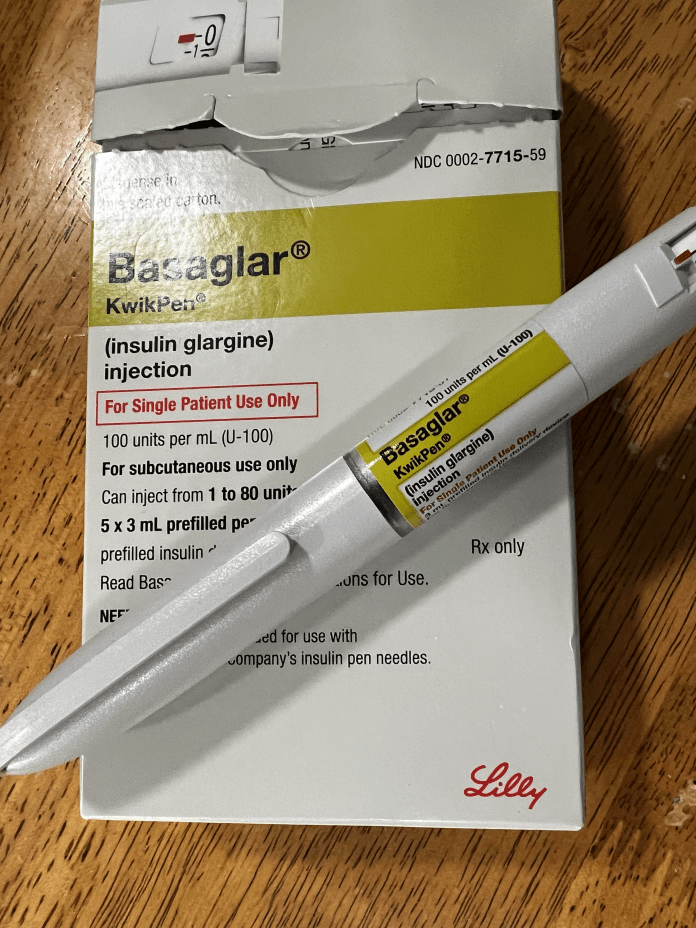by Johnny Kincaid January 9,2025
I arrived at the pharmacy just 4 minutes before closing time. Since this was my fourth pharmacy stop in 30 minutes, the desperation in my voice was certainly detectable when I asked, “Do you have any Basaglar in stock?”
The search started when my locally owned pharmacy informed me that the insulin that I had run out of was on “back order.” I called one of the 10,000 locations of one of America’s biggest pharmacies… The call was never returned. Then, I went to a pharmacy that didn’t have the insulin that I needed, but they checked the computer and told me that another nearby location did have it, but the computer steered them wrong. At stop number 3, they recommended that I rush to another location, and they had plenty in stock, but they were closing soon.
At last! The fourth stop was the charm: the pharmacist was kind enough to stay late, and I left with a 90-day supply of insulin.
The struggle is real for millions of people living with diabetes. Insulin is increasingly inaccessible due to supply chain disruptions, pricing practices, and regulatory challenges.
One major factor is the consolidation of production among a small number of manufacturers. These pharmaceutical giants dominate the global insulin market, leaving it vulnerable to disruptions. If one facility experiences a production issue—whether due to natural disasters, equipment failures, or regulatory shutdowns—the ripple effects can be felt worldwide.
Supply chain issues further compound the problem. Delays in the transportation of raw materials, labor shortages, and geopolitical tensions have all played a role in disrupting the steady supply of insulin.
The consequences of insulin shortages are dire. For people with diabetes, inconsistent access to insulin can lead to severe health complications, including organ failure, amputations, and even death. Beyond the individual, these outcomes place a significant burden on healthcare systems, increasing costs and straining resources.
I don’t pretend to have the answers, but I know that a person with fewer resources may have gone without life-saving insulin if placed in the circumstances that I had to face.
Insulin shortages were reported in late 2023. In 2024, Eli Lilly stopped production of two of their insulin products, and shortages continue to be an issue. One study from 2018 predicts that millions of diabetics may be unable to get insulin by 2030.
Steps need to be taken now to prevent the loss of life that will be brought on by a severe shortage of insulin. In the meantime, diabetics like me cannot wait until the last minute to refill our prescriptions. Request those refills four or more days before running out of insulin.
How do we ensure that life-saving drugs are available when needed? With all of the resources of Big Pharma, we should be able to solve the distribution problems and shortages of essential drugs like insulin.
The ongoing insulin shortages are a stark reminder that the right to health is not guaranteed, even in an era of medical breakthroughs. By taking decisive action now, we can prevent a tragedy of scarcity and reaffirm our commitment to a future where life-saving medications are accessible to all.





